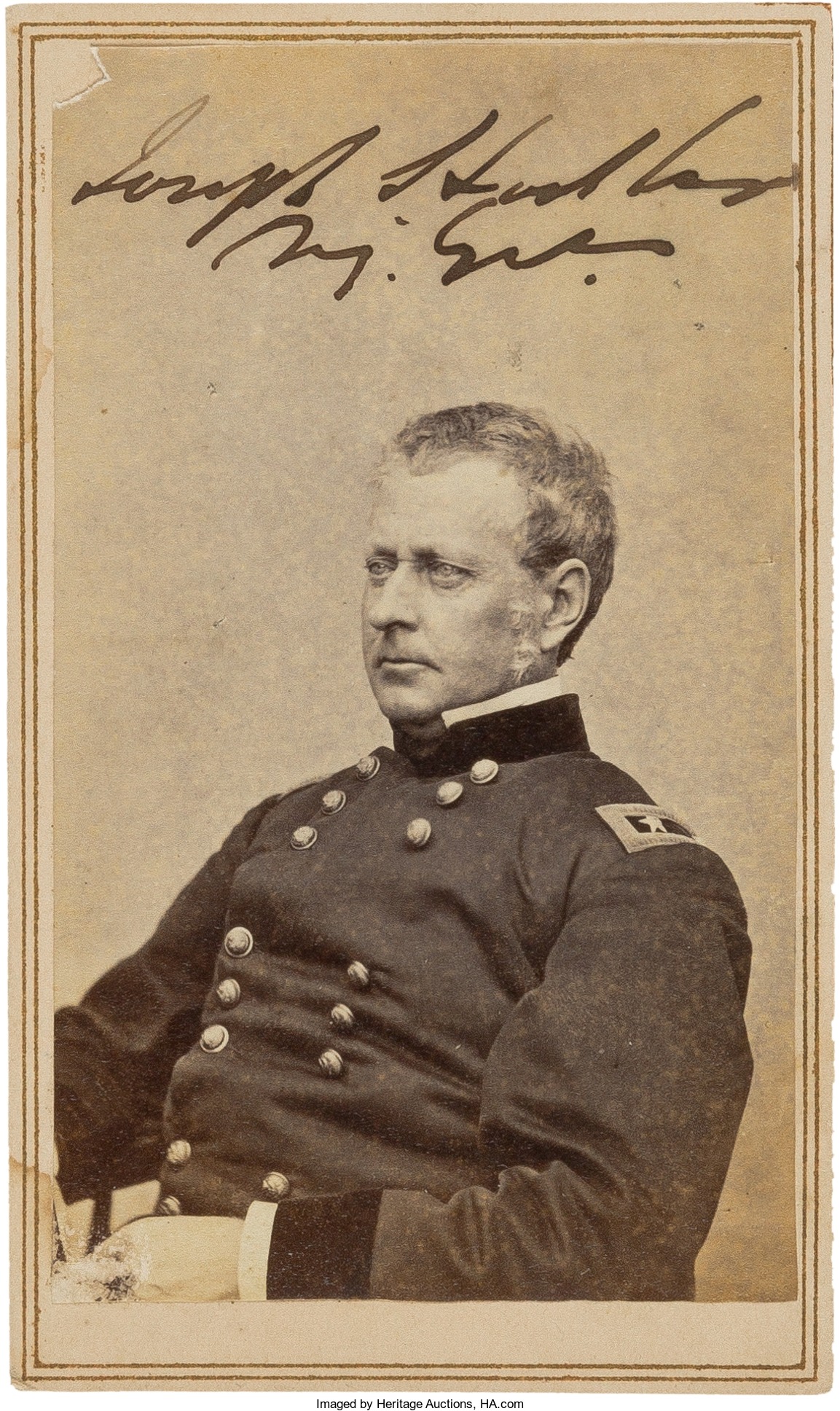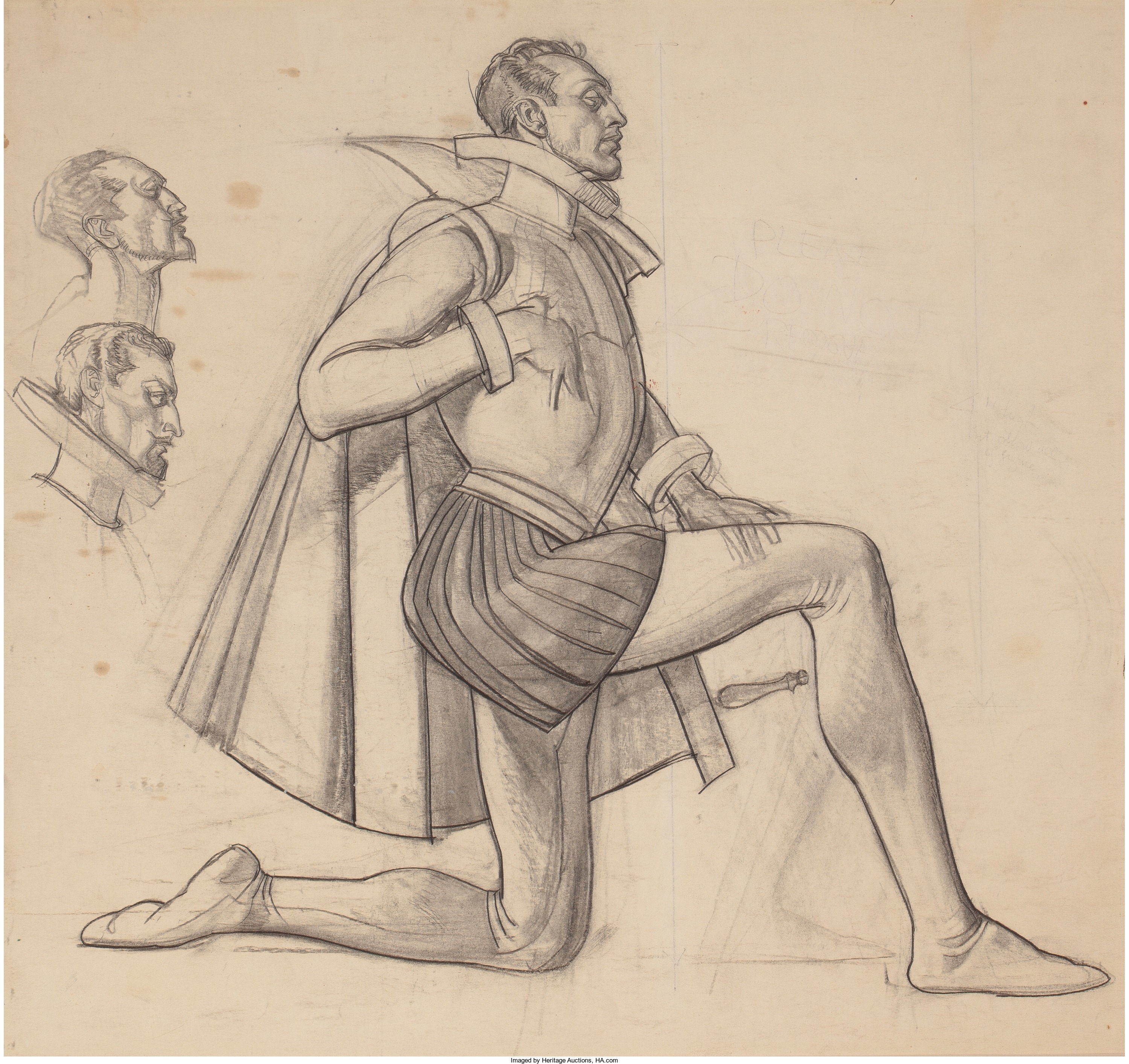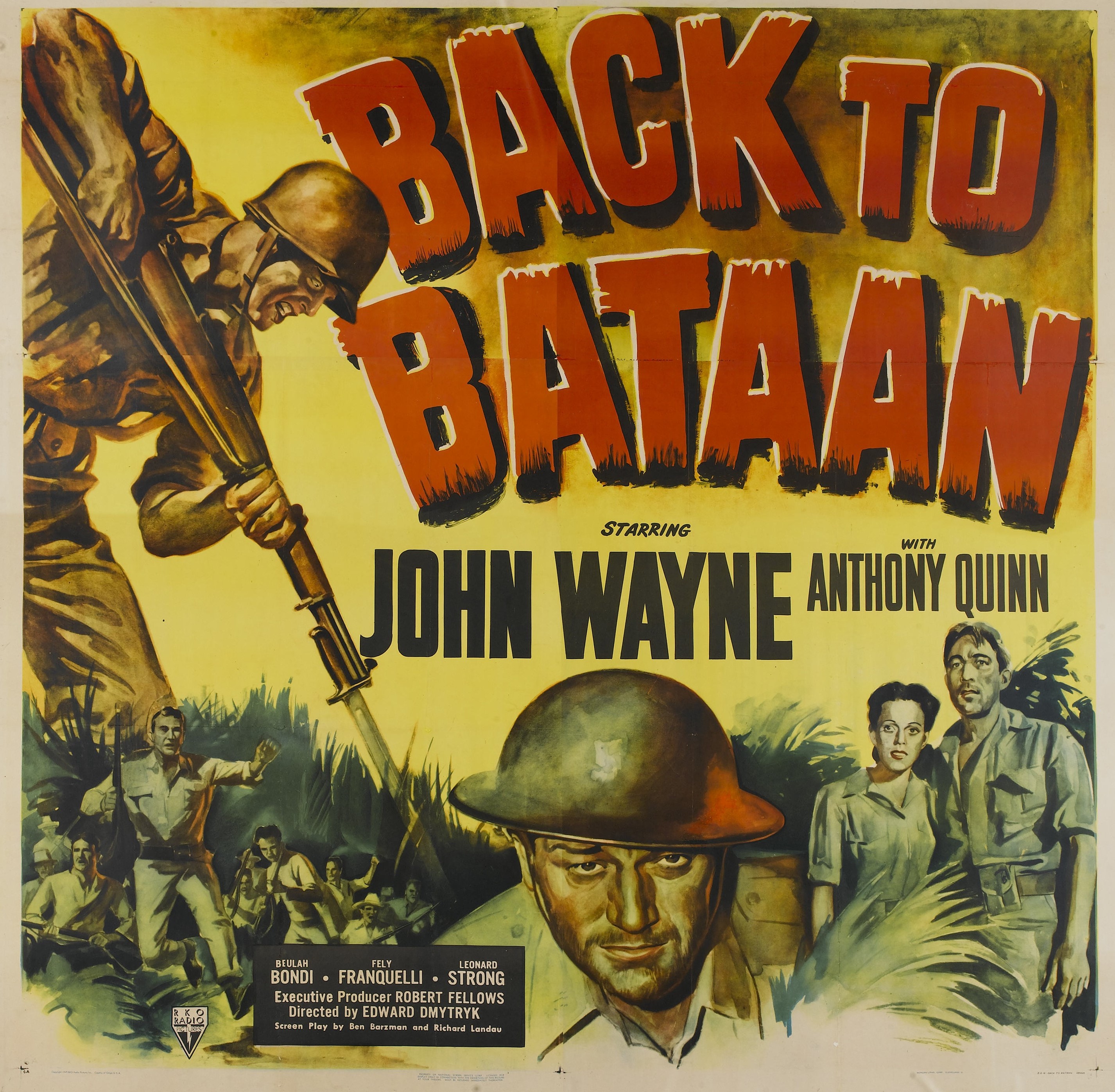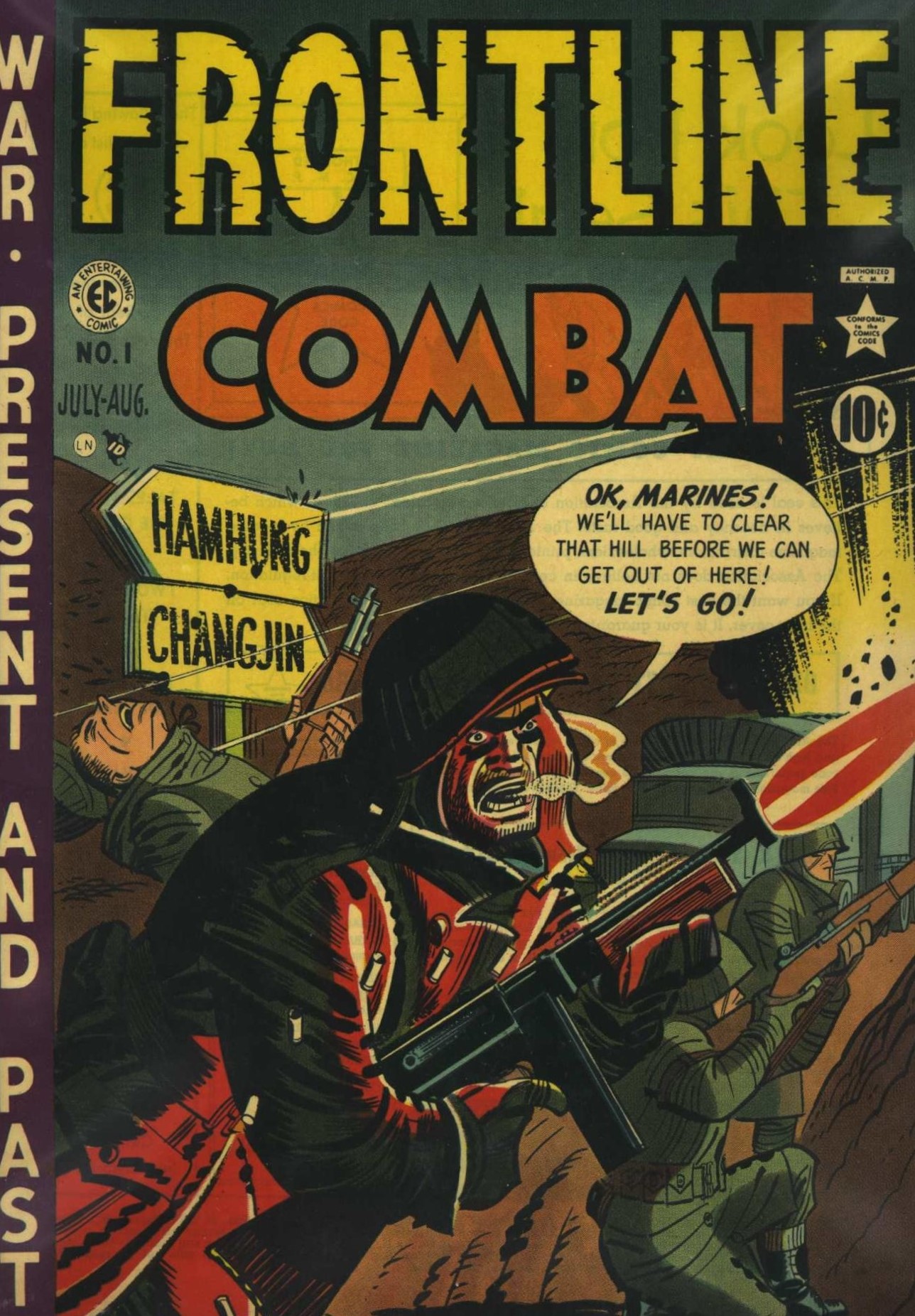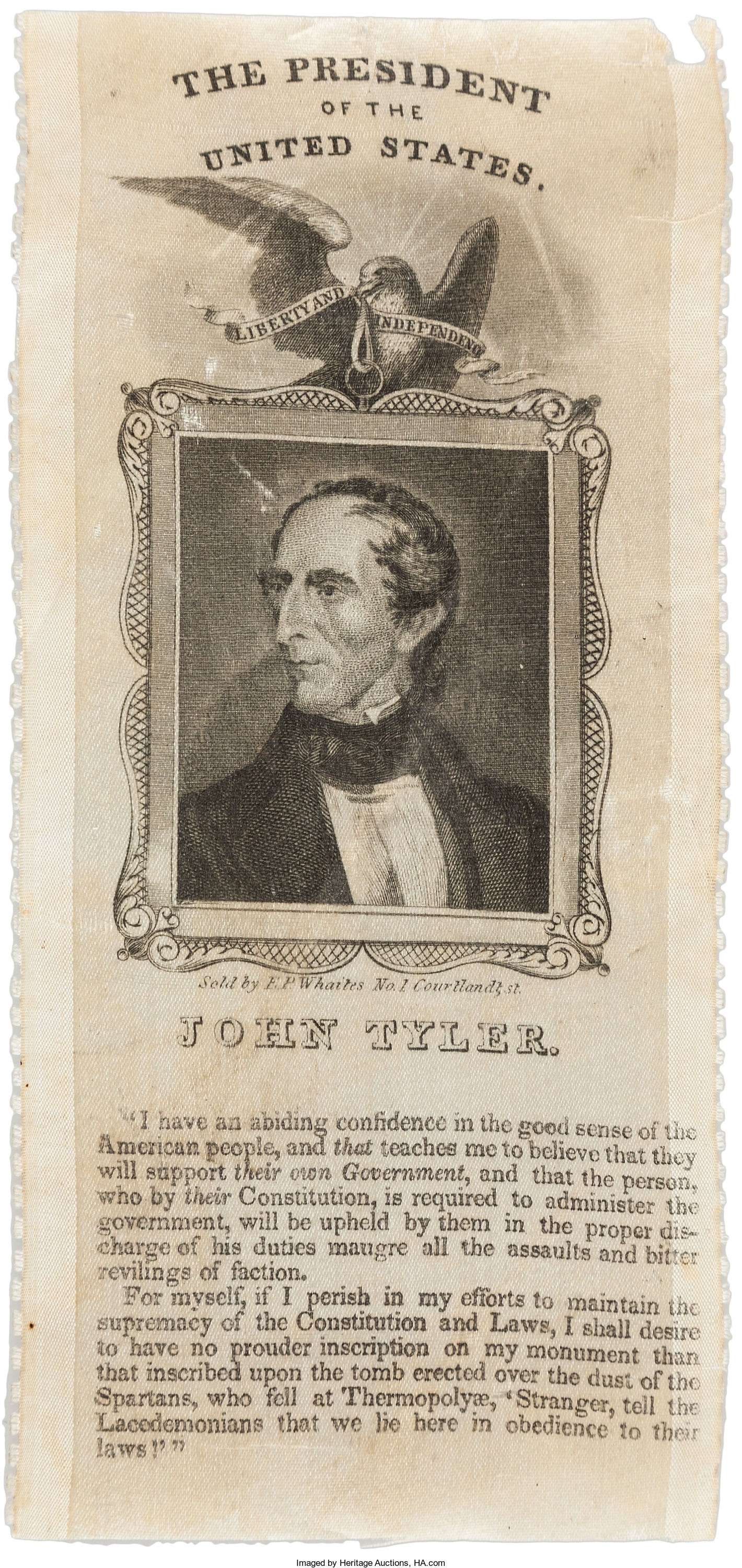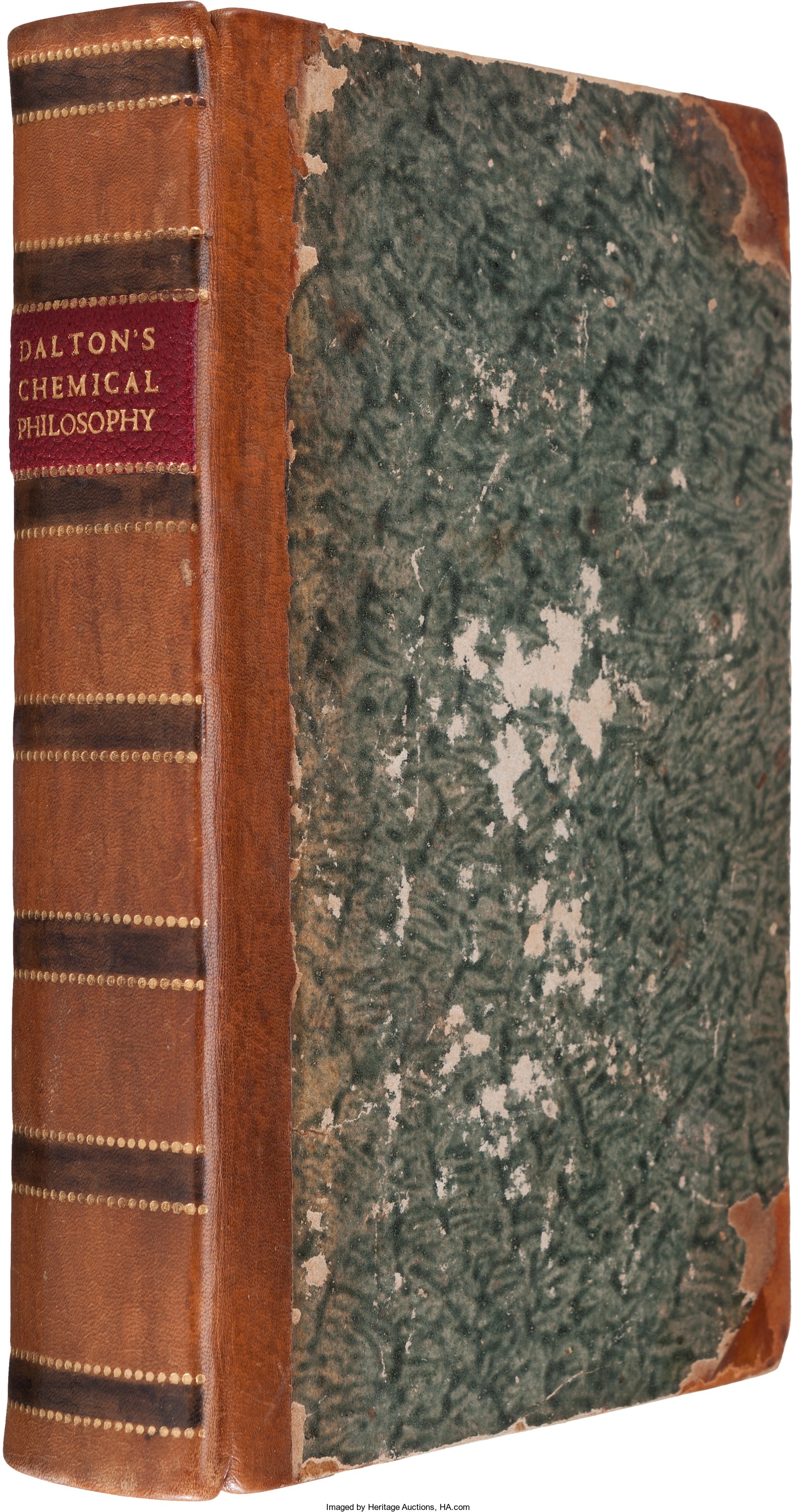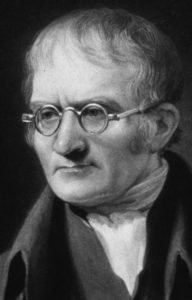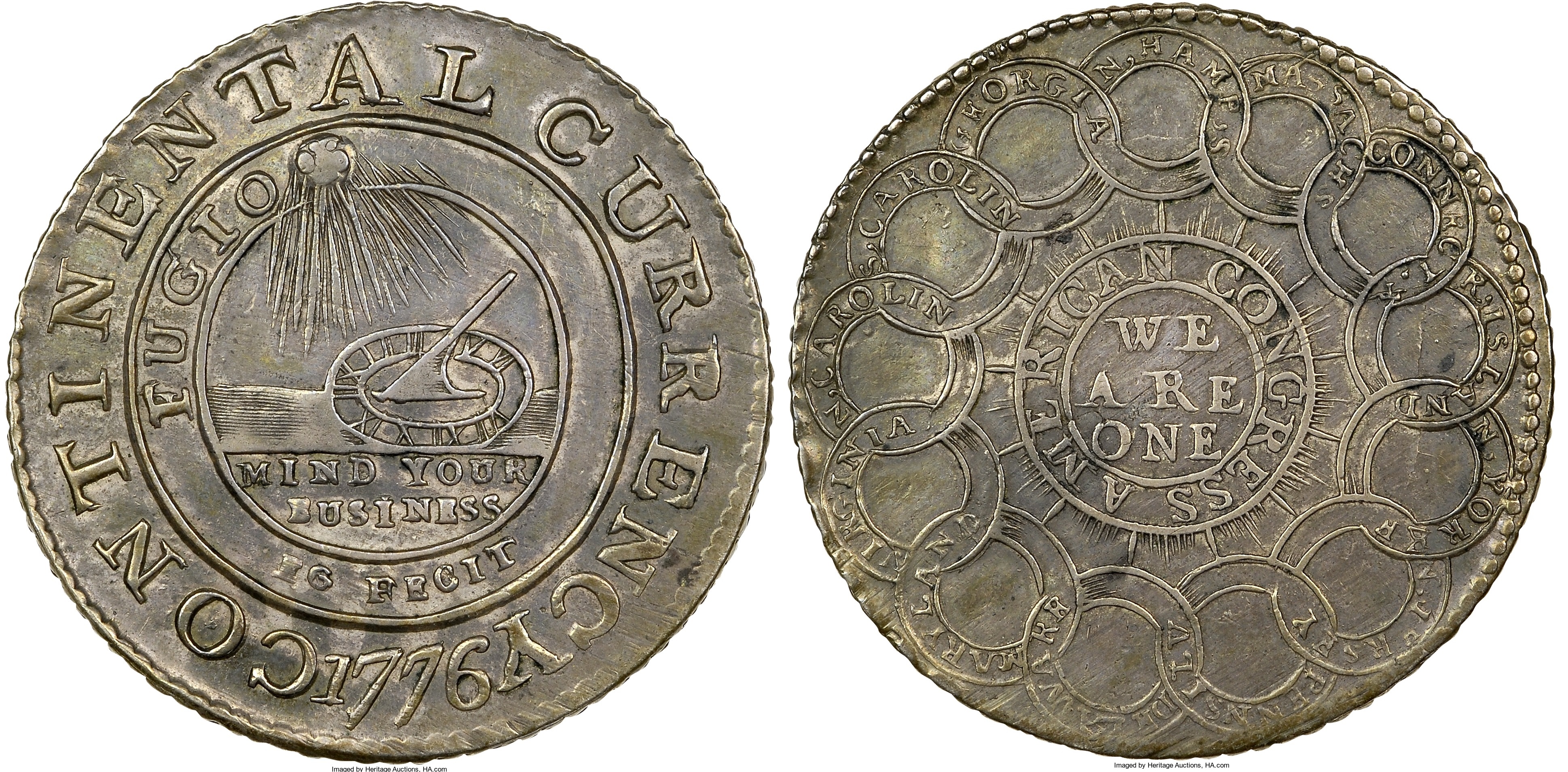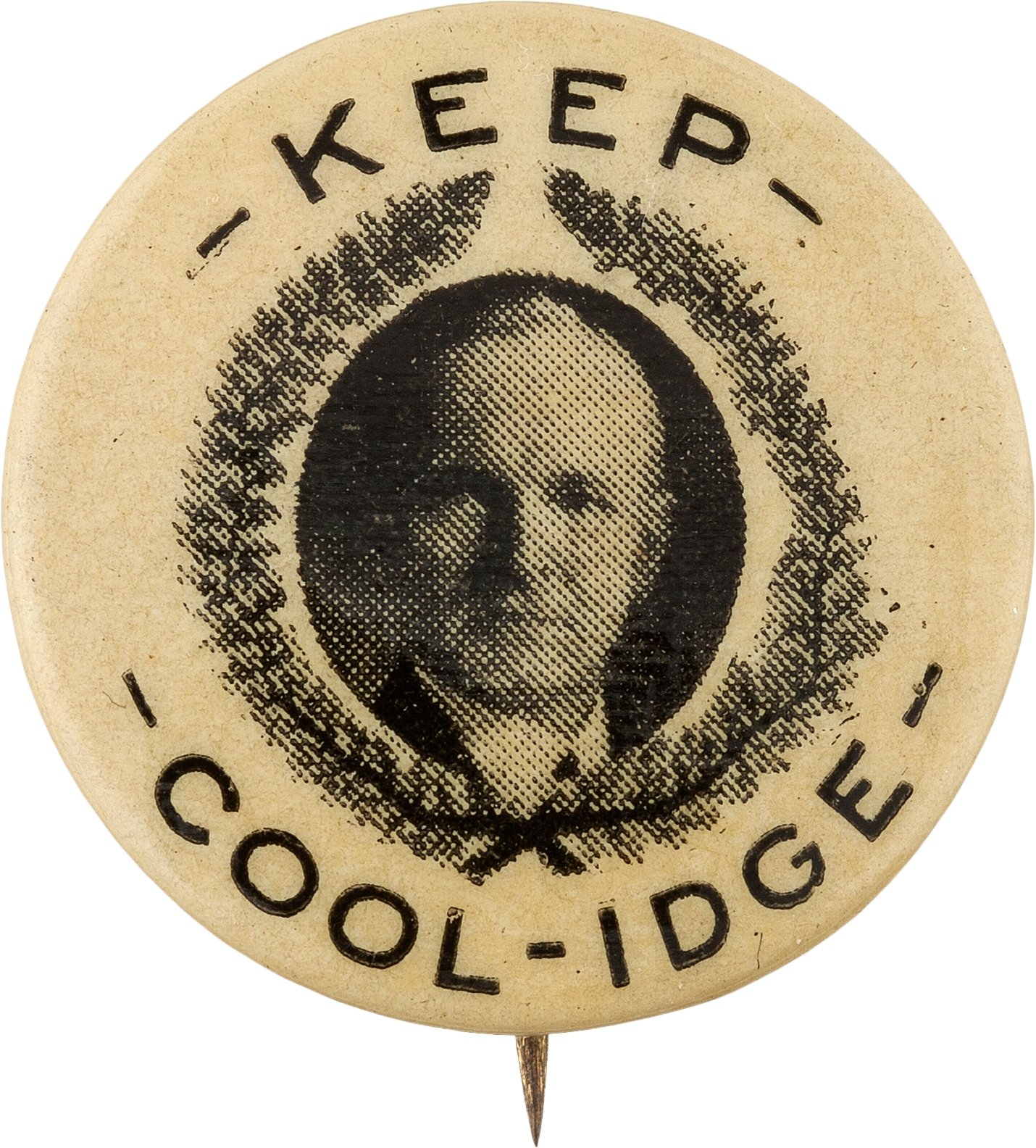
By Jim O’Neal
The Republican Party’s 1924 presidential convention in Cleveland was the first to be broadcast on radio. Incumbent President Calvin Coolidge was a cinch to win the nomination as the nation was at peace, the country prosperous and the integrity of the executive branch restored after the Warren G. Harding scandals. “Keep Cool With Coolidge” captured the mood of the country and Democrats were so divided it took 103 ballots before they picked John Davis of West Virginia (“The Disaster in Madison Square Garden”).
The only real surprise was the selection of the Republican vice president candidate. Coolidge favored Senator William Borah of Idaho, who declined. On the second ballot, they nominated Governor Frank Lowden of Illinois, but he stunned everyone by refusing just as delegates were making the vote unanimous. Finally, Charles Dawes was nominated and he accepted. He would win the Nobel Peace Prize in 1925 for his work on World War I reparations and is the only vice president to be credited with a No. 1 pop song (“It’s All in the Game,” 1958, performed by Tommy Edwards).
President Coolidge’s inaugural address in March 1925 was a ringing endorsement of his policies: encourage business and reduce taxes. “Economic legislation is not to destroy those who have already secured success, but to create conditions under which everyone will have a better chance to be successful.”
On Aug. 2, 1927, Coolidge surprised the nation with a terse announcement of his intent to retire. “I do not choose to run for president in 1928.” He explained his reelection would extend his presidency to 10 years … longer than anyone before … and too long in his opinion.
Some observers have speculated that he turned down reelection due to health concerns. Mrs. Coolidge claimed he told her that the next four years may have required greater federal spending … something he was too frugal philosophically to support. Others believe Coolidge retired because he sensed the coming economic crash and got out before his reputation for fostering prosperity was tarnished.
“You hear a lot of jokes about ‘Silent Cal Coolidge.’ The joke is on the people who make the jokes. Look at his record. He cut taxes four times and we probably had the greatest growth and prosperity we’ve ever known. I have taken heed of that because if he did that by doing nothing, maybe that’s the answer.” – President Ronald Reagan
Amen.
 Intelligent Collector blogger JIM O’NEAL is an avid collector and history buff. He is president and CEO of Frito-Lay International [retired] and earlier served as chairman and CEO of PepsiCo Restaurants International [KFC Pizza Hut and Taco Bell].
Intelligent Collector blogger JIM O’NEAL is an avid collector and history buff. He is president and CEO of Frito-Lay International [retired] and earlier served as chairman and CEO of PepsiCo Restaurants International [KFC Pizza Hut and Taco Bell].

